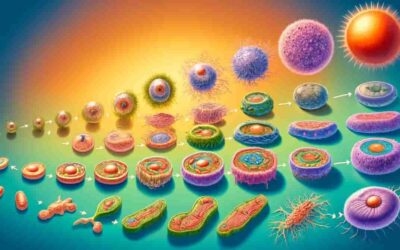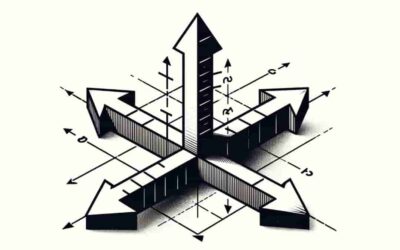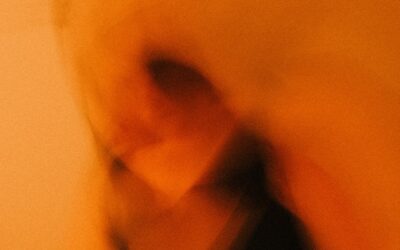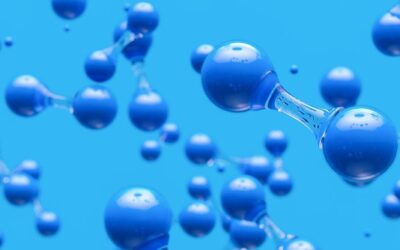A chemical reaction generally has one or more of the below-mentioned characteristics.
- Change in state
- Change in colour
- Evolution of gas
- Change in temperature
- Appearance of light
- Formation of Precipitate
1> Change in state
Certain chemical reactions are featured with a change in the state of matter(solid, liquid, gases) of the substances involved. When the wax is burned, the combustion process produces both water and gas (Carbon Dioxide). There is a transformation from a solid state to a liquid and gaseous state.
2> Change in colour
A change in colour is another sign that a chemical reaction has occurred. A good example of this is when something rusts. Pure iron is naturally silver in colour. We don’t usually observe it this way on Earth because it reacts easily with the oxygen in the air.
3> Evolution of a gas
Sometimes a chemical reaction produces gas as one of the products. This can be observed as smoke, fumes or bubbles. When we burn a piece of paper, we can see blackish smoke emanating from the surface of the burning paper.
4> Change in temperature
Many reactions involve a transfer of energy in the form of heat and this can be felt by measuring the temperature of the final product. Heat is either generated or absorbed during such reactions.
5>Appearance of light
Some reactions result in the production of light. Glow emit light when two chemicals – a colouring dye and Diphenyl oxalate – are mixed together in the presence of a suitable catalyst (sodium salicylate). These chemiluminescence sticks are used in the military, entertainment, remote explorations and industrial applications.
6> Formation of a precipitate
Sometimes when two solutions undergo a reaction, a solid substance is formed that is not soluble in the final liquid product. This solid substance is called precipitate and can be seen lying distinctly from the solution. The remaining solution is called supernatant liquid or supernate. The precipitate is generally seen as a sediment deposit on the bottom of the container or as a suspension lying suspended throughout the liquid supernatant. These precipitates can be easily separated from the solution using common filtering techniques like filtration, centrifugation or decantation. Precipitation reactions are all double replacement reactions.
Precipitation reactions occur when cations(positively charged ions) and anions(negatively charged ions) in an aqueous solution combine to form an insoluble ionic solid called a precipitate.
An example of precipitate formation is the reaction between aqueous solutions of Sodium Sulplahte and Barium Chloride. The reaction results in the formation of solid Barium Sulphate precipitates in an aqueous solution of Sodium Chloride.
The chemical equation representing this reaction is given below.
Na2SO4 (aq) + BaCl2(aq) → BaSO4(s) + 2NaCl(aq)






0 Comments